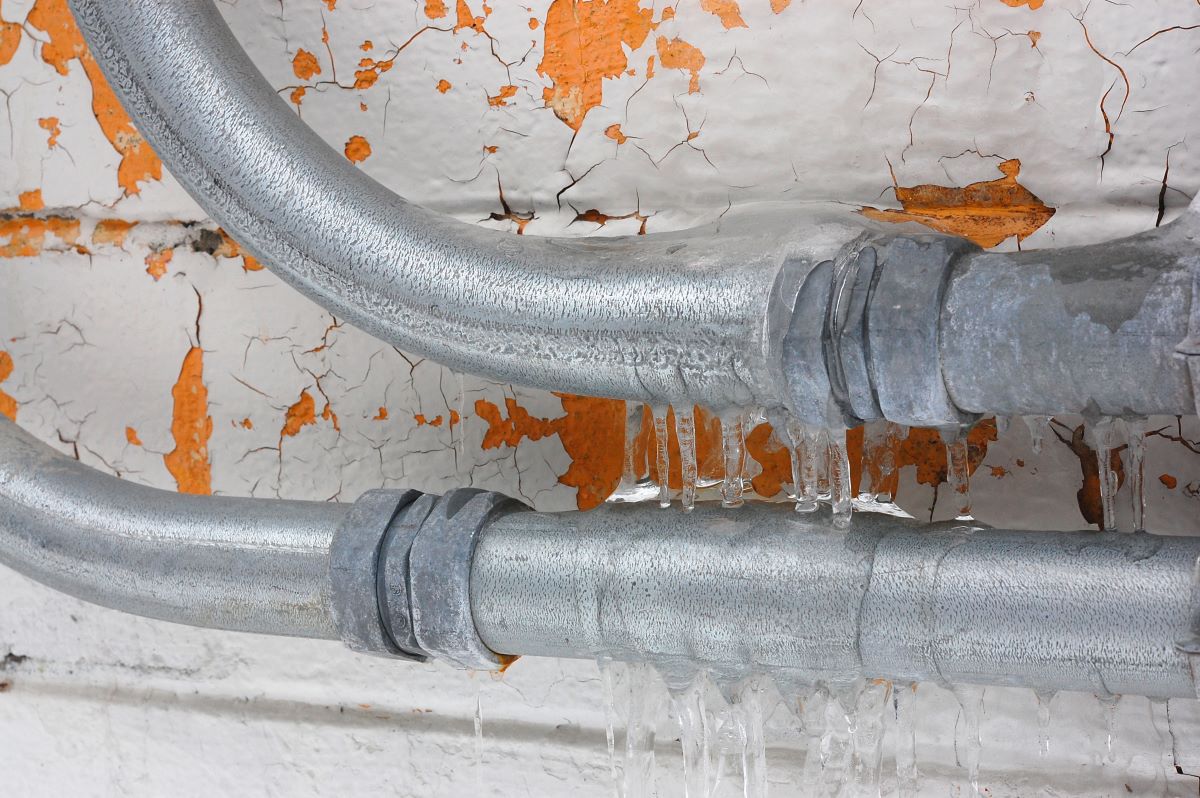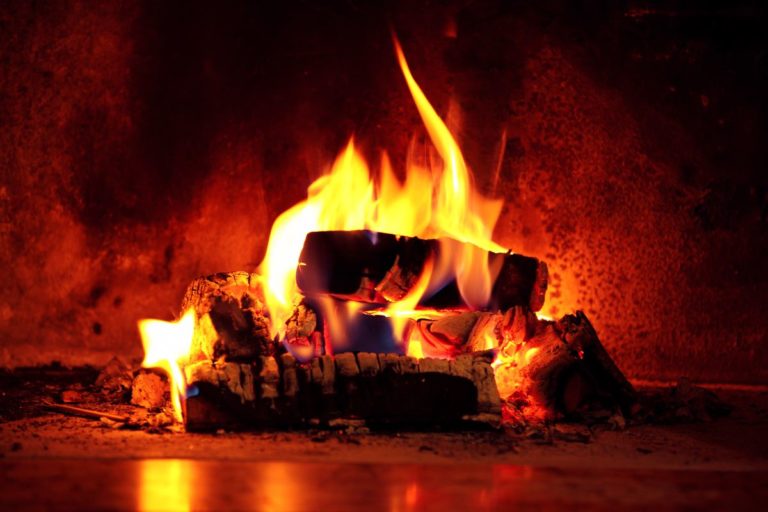It’s starting to get colder and colder in the US. This means that you’ll be relying more on your utilities to keep your home comfortably warm. You need that water heater to avoid shivering during those showers. You may even use an electric blanket to keep yourself toasty during the harsh winter months in Salt Lake City. Energy consumption will be higher than usual, and in turn, you end up spending significantly more on your bills.
With unemployment on the rise in the US and the economy still in a rut because of the COVID-19 pandemic, you want to save as much money as you can. The most effective thing to do is to make improvements in your home to make it more energy-efficient. However, these changes can be quite costly. They also require renovations that may not get finished in time for winter.
What can you do to avoid breaking the bank on your utility bills this winter?
Inspect and Service Your Heating Systems
The adage “if it ain’t broke, don’t fix it” is definitely dated. Today’s appliances and other electronics can still run even if some of their components are damaged. It applies to devices and appliances in your HVAC system.
Depending on the malfunctioning component, you may experience anything from not getting enough heat to random shutdowns. You may have to push your heater to use more energy to keep your rooms comfortably warm. And when your heating system breaks down in the middle of winter, you won’t just end up with unbearably cold nights, but also unbearably high repair bills.
It’s vital for you to keep your HVAC system maintained even before the cold season starts.
Here’s how to do it:
Furnace
Your furnace is the heart of your heating system. It should be your top priority when it comes to HVAC maintenance. Start by looking at its filter. If this component is dirty and clogged, your furnace isn’t getting enough ventilation. It could overheat and end up with irreparable damage. Replace this part if it’s soiled.
Another possible furnace issue you should look at is short-cycling. This happens when your furnace turns off or resets before it even reaches your desired temperature. You can test this by turning up your thermostat and monitoring your furnace. If it restarts more than once or shuts down entirely, you may need to call an HVAC specialist for repairs.
Water Heater
The water heater system is one of the most important inventions in history, as it lets you have a relaxing warm shower every day. You’ll need it now more than ever, as the water from your pipes will definitely be too cold to handle. Keep your water heater in great shape by flushing it every year and removing gunk and dirt in the tank. Check for any leaks from the tank, valves, and pipes. You can use a sealant to fix the pipes, but it’s best to leave the servicing to professionals.

Seal Up Air Leaks
Hidden cracks and holes in your home may let cold air in, causing your heating system to work harder to keep your rooms at the right temperature. The Department of Energy recommends checking areas where two different building materials connect, like your foundation, outdoor water faucets, chimneys, and more. Inside your home, you should check for gaps around your wall-mounted air conditioners and phone lines. Your carport design may also need poles and wires to be attached to your home’s walls. Use waterproof sealants to fill these holes.
You should also inspect your door and windows’ weatherstripping. These are the thin but durable rubber strips that fill the gaps in between the pane (or door) and the jamb. They help in preventing heat from escaping your rooms. Weatherstripping also stops water from seeping into your home when it rains or snows. They’re built to last, but wear and tear from opening and closing them regularly. Plus, extreme heat and cold can also cause them to deteriorate. Get these replaced immediately if they look worn out.
Fireplace Management Tips
Your fireplace is another appliance that keeps your home toasty during the cold season. If you’re not careful, however, it may also be the reason you’re losing heat in your home. Keep the dampener closed if you’re not using it. Lower the temperature in your living room if you’re using the fireplace so you can make the most of it. If there are gaps in between your fireplace’s hearth, seal it with caulk to minimize the chances of heat escaping from your home.
Salt Lake City’s winters rarely go below freezing, but they can still be brutal. You need to make sure your home is ready for the harsh cold of this season, so you don’t end up with overwhelming spikes in your bill. These tips will help you optimize your heating system, fireplace, and the rest of your home.




